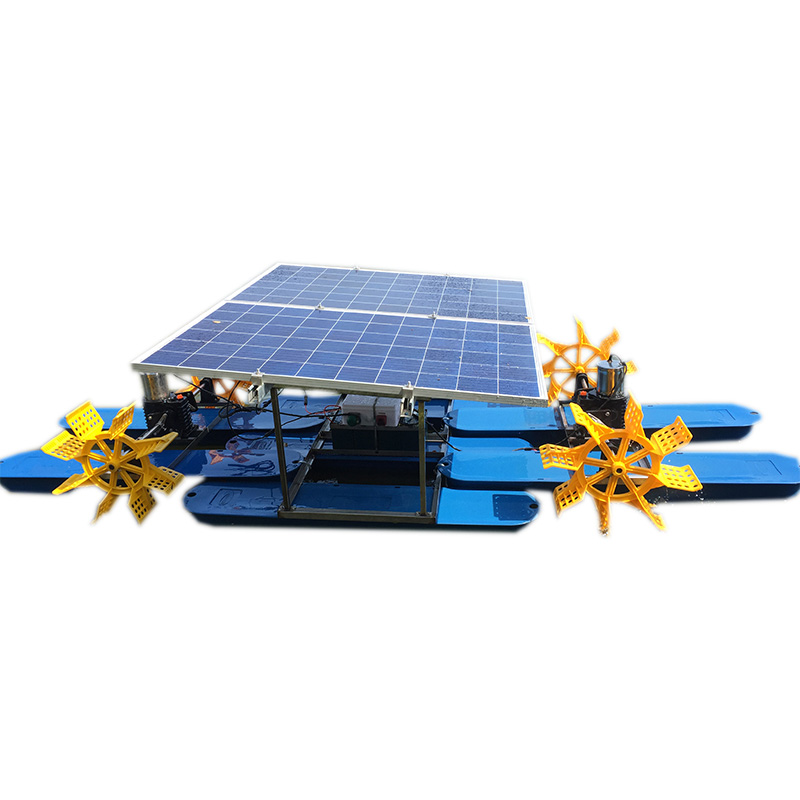Solar powered aerators are a cost effective way to oxygenate ponds, lakes and other water bodies. These units can be used for a wide range of purposes. They can help to increase the quality of water and provide a safe environment for fish. Aerators are also a good way to keep the water agitated and reduce the buildup of algae.
Aerators are available in different sizes. Small units are suitable for ornamental ponds, while larger systems are more suited for lakes up to five acres. Some of the solar powered aerators are battery operated and are ideal for areas with limited power availability. There are also DIY models for those who prefer to install solar aerators themselves.
Solar aeration systems are efficient, low maintenance and cost-effective. They can be installed in all types of climates and operate with or without power. They can be used in a single pond or multiple lagoons in series. They can be purchased from many manufacturers. They can be a great way to add oxygenation to your pond or lake, especially when the weather is less than perfect.
In order to get the most benefit out of your solar aerator, it is important to choose the right model. It can be easy to find one that is well-suited to your needs. Before making a decision, however, you should consider the amount of space you have available and the capacity of the aerator. The unit should have a high output so that it can adequately aerate the body of water. The aerator should be able to run all day or most of the night, depending on the location.
The solar aerator must be placed in a place where it will receive direct sunlight. It is also important to have enough space for the unit to function. The solar aerator should be large enough to fit the entire body of water and should have an adequate number of panels to absorb the sun's energy. Ideally, a pond should have a solar panel with an output of 300 gallons per hour (GPH) or more.
If you have a larger pond, it may be worthwhile to purchase a solar aeration system. Aerators that use direct drive are cheaper than battery-operated aerators. This means that you can run the aerator during the daylight hours, saving on electricity costs. You can also get a backup system that will allow you to operate your aerator even if the sun is not shining. You will need batteries, a charge controller, and other components. These can all be found on the internet.
There are two basic kinds of solar aerators: subsurface and surface. Each type is designed to oxygenate a certain body of water. The surface aerators are usually mounted under the water. They diffuse harmful chemicals and release bubbles that infuse the water with oxygen. They prevent algae from growing and help to maintain the water's gentle motion.
When comparing aeration systems, you should remember that some of them require more maintenance than others. This is because of the aerator's need to be recharged with sunlight. You should make sure that your aerator has the proper battery life. It is best to buy a model that has at least four hours of battery life. You may also want to get a battery back-up system for your aerator. These are more expensive than direct-drive systems, but can help you avoid having to pay for power during cloudy days.

|
Model
|
Voltage
|
Number of impeller
|
Impeller Speed (r/min)
|
Ability of increasing oxygen(kg/h)
|
Momentum efficiency (KG/KW/H)
|
|
SSC-0.5
|
VDC 48V
|
2pcs
|
100
|
≥2.1kg/h
|
≥1.25kg(O2)/KW.H
|
|
SSC-1.0
|
VDC 48V
|
4pcs
|
100
|
≥2.3kg/h
|
≥1.25kg(O2)/KW.H
|



